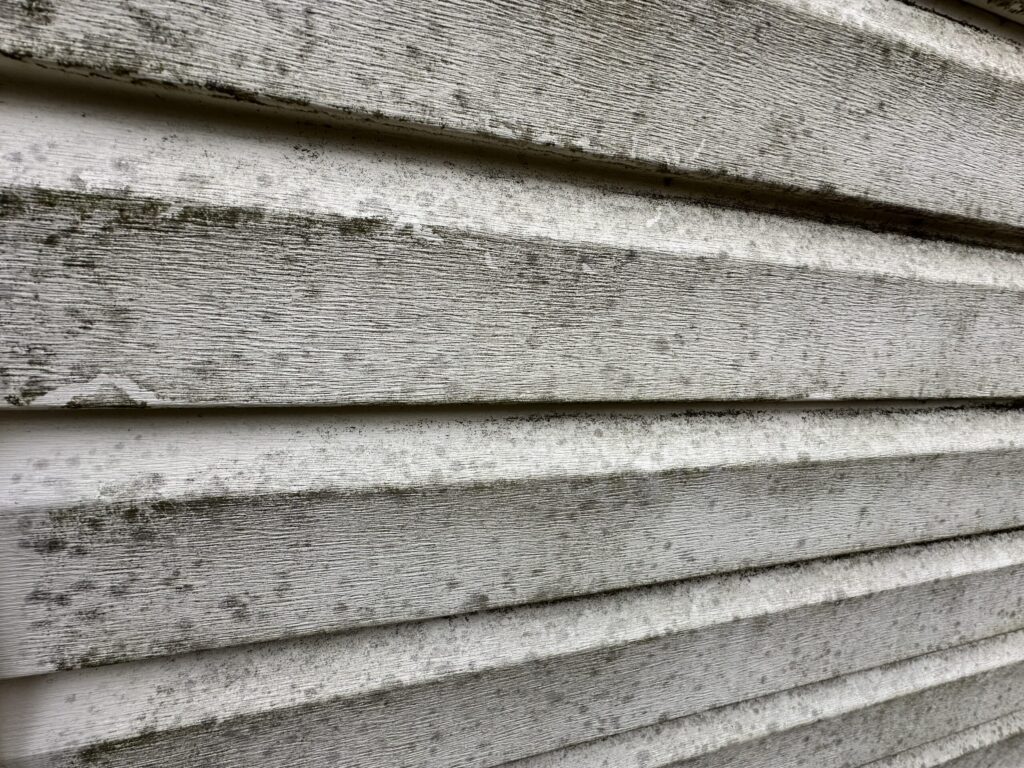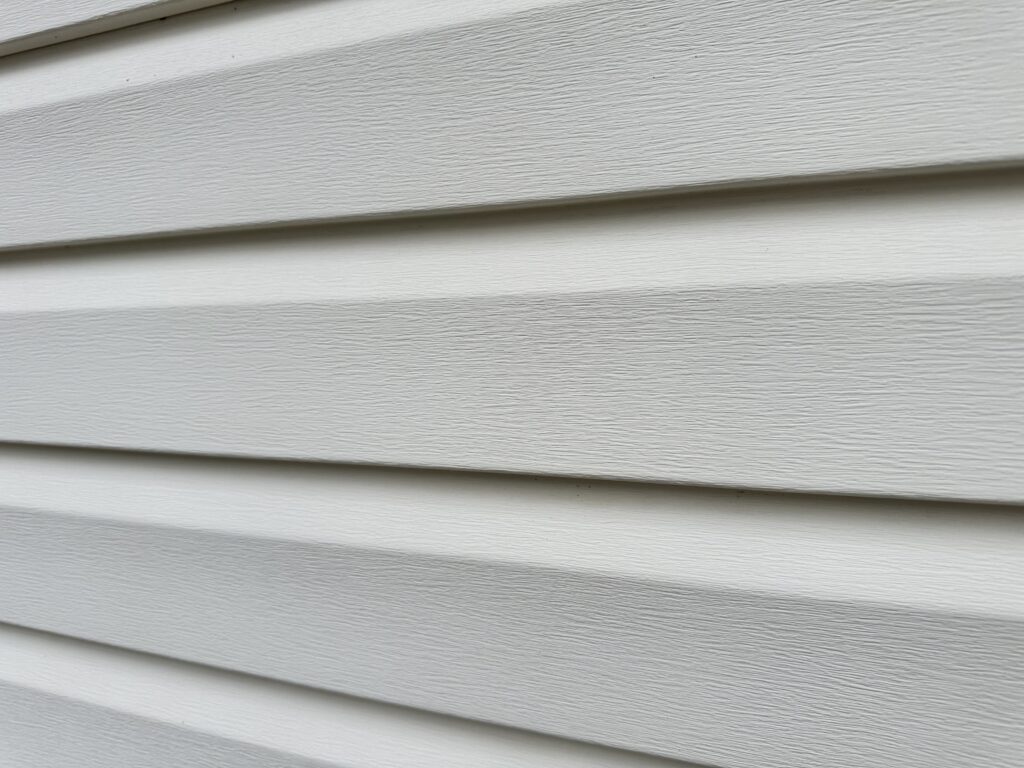The Difference Between Mold and Algae
Mold and algae are two common nuisances that can make their unwelcome appearance on various surfaces, from the exterior of your home to outdoor structures like decks and fences. While both share a tendency to thrive in moist environments, they are distinct organisms with unique characteristics. In this blog post, we’ll delve into the differences between mold and algae, helping you identify and tackle these issues effectively.
Biological Composition:
- Mold: Mold is a type of fungus that reproduces through spores. It is a multi-cellular organism and can appear in various colors, including black, green, and brown.
- Algae: Algae, on the other hand, is a simple, plant-like organism that often appears green due to chlorophyll. It can range from microscopic forms to larger, visible growths.
Texture and Appearance:
- Mold: Mold typically has a fuzzy or slimy texture and can appear as irregular patches or spots. It often grows in clusters and can penetrate the surface on which it resides.
- Algae: Algae, in contrast, tends to form a slimy or slippery film. It usually appears as a greenish discoloration on surfaces, often in damp and shaded areas.
Preferred Environments:
- Mold: Mold thrives in areas with high humidity levels and organic materials for it to feed on. It commonly grows on wood, drywall, and other porous surfaces.
- Algae: Algae is most commonly found in damp and shaded areas, particularly on outdoor surfaces like decks, sidewalks, and roofs. It flourishes in environments where moisture and sunlight are abundant.
Health Risks:
- Mold: Some types of mold can produce mycotoxins, which may pose health risks when inhaled or come into contact with the skin. Prolonged exposure to mold can lead to respiratory issues and allergic reactions.
- Algae: While algae itself is not generally harmful to humans, it can create slippery surfaces, posing a risk of slips and falls. Additionally, certain species of algae in water bodies can release toxins harmful to aquatic life.
Cleaning and Removal:
- Mold: Mold removal often requires specialized cleaning solutions and thorough remediation to eliminate spores and prevent regrowth. Professional assistance may be necessary for extensive mold infestations.
- Algae: Algae can be effectively removed through pressure washing, scrubbing, or the use of algae-killing chemicals. Regular maintenance and cleaning can prevent its recurrence.
Conclusion:
Understanding the differences between mold and algae is crucial for effective identification and remediation. While mold poses potential health risks and requires specialized removal, algae is more of a cosmetic issue that can be addressed with routine cleaning. By knowing the characteristics of each, you can take proactive measures to keep your home and outdoor spaces free from these unwelcome guests, ensuring a healthier and more aesthetically pleasing environment.



